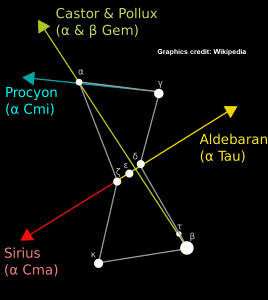Astronomy
The Case of Betelgeuse
The Orion constellation is well known by nearly everyone. For generations the red supergiant Betelgeuse (Alpha Orionis) has been the second brightest star in this constellation. The brighter star is a blue supergiant Rigel (Beta Orionis).

For the last few decades astronomers have noted that Betelgeuse appears dimmer then brighter at times. This places Betelgeuse in a class called variable red supergiants. The dimming (fading) of a star is an indicator of possible collapse.
What is collapse? A star exists in a state of dynamic equilibrium between thermal pressure of burning gases and gravity. Once a star has exhausted burning gasses gravity takes over.
The American Association of Variable Star Observers (AAVSO) has put out an alert to astronomers to spectroscopically monitor Betelgeuse with special interest to the V, R, H, J and B wavelengths.
Why? These wavelengths tell astronomers what gases are being burned and runs through the periodic table until it reaches iron. Iron is a death rattle to a star - once it reaches iron the star will begin to rapidly shrink.
Spaceweather.com has posted:
"Edward Guinan of Villanova University and colleagues caused a sensation among astronmers last month when they reported "[Betelgeuse] has been declining in brightness since October 2019, now reaching a modern all-time low of V = +1.12 mag on 07 December 2019 UT. Currently this is the faintest the star has been during our 25+ years of continus monitoring."
'Little did they know when they issued their telegram in December that Betelgeuse was about to become even fainter.' "On 06 January 2020 UT, the magnitude of Betelgeuse was V = +1.37" (reports Guinan) That's -20% dimmer than the 'modern all-time low' registered the month before."
See the 3-year (2017-2020) plot of Betelgeuse's rapid decline posted by Dr. Tony Phillips of spaceweather.
If the dimming continues (and that is likely) there is only one outcome - the star is collapsing and it will become a supernova. When will it happen? Anytime. Betelgeuse is roughly 642.5 light years from Earth. What you see of Betelgeuse at any moment is the way the star was roughly 642.5 years ago. Supernovas are always discovered but to actually track and observe a real star during collapse (to my knowledge) has never been observed.
In the case of Betelgeuse it will probably be left as a neutron star with an ever expanding colorful ring of gases blown off by its supernova.
AAVSO reported February 2020.
Return to Projects Index Next page

Orion can be used as a tool to find other stars.